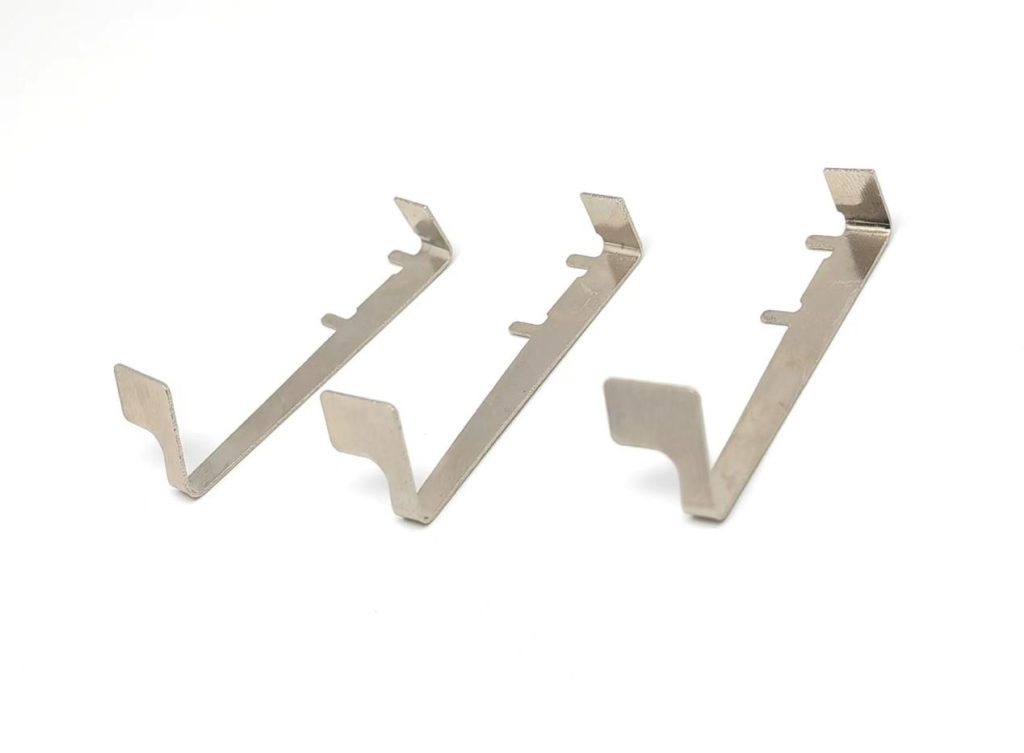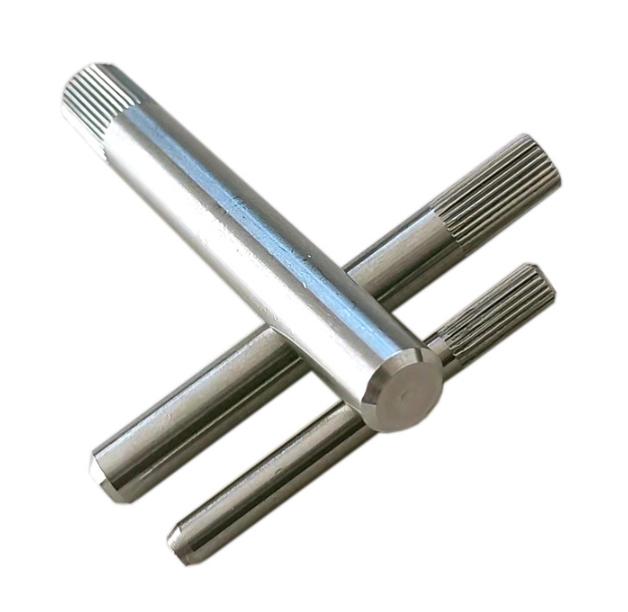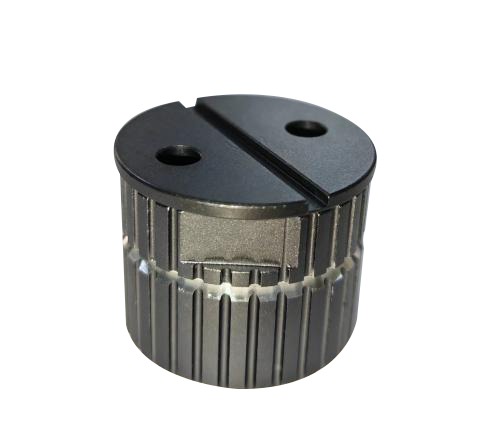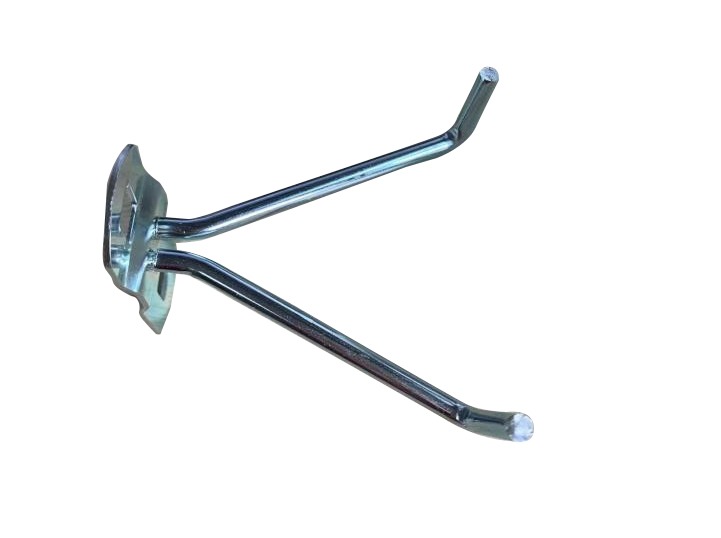What is the Performance That the Stamping Mould Should Have?
Stamping is a pressure processing method that uses a mould installed on a press to apply pressure to the material at room temperature to separate or plastically deform it to obtain the desired parts. Stamping mould is special process equipment that processes materials (metal or non-metal) into parts (or semi-finished products). The performance of the stamping mould determines the workpiece accuracy and process efficiency. The following describes the performance characteristics that the stamping mould should have.
Characteristics of Stamping Mould Performance

The performance of the stamping mold mainly includes strength, hardness, toughness, wear resistance, fatigue resistance, etc.
The manufacture of precision stamping molds generally has to go through several processes such as forging, cutting, and heat treatment, which are difficult to process and require high manufacturing materials.
1. Wear resistance
The wear resistance of the material is one of the most basic and important properties of the mold.
When the blank is plastically deformed in the mold cavity, it both flows and slides along the surface of the cavity, causing severe friction between the surface of the cavity and the blank, resulting in the failure of the mold due to wear.
2. Hardness
The hardness of the material will directly affect the service life of the stamping mold and have an important impact on the quality of the mold.
3. Strength
In order to prevent sudden brittle fracture of mold parts during operation, the mold must have high strength and toughness. Strength is an indicator of a material’s ability to resist deformation and fracture. Toughness reflects the ability of materials to resist brittle fracture under the action of strong impact load and is also an important performance index of die steel, especially cold work die steel for stamping.
Because most of the working conditions of the mold are very bad, some often bear a large impact load, which leads to brittle fractures.
4. Fatigue fracture properties
The stamping mould needs to have good fatigue fracture properties. Fatigue resistance refers to the performance index of the material’s resistance to fatigue damage under repeated loading conditions.
During the working process of the mold, fatigue fracture is often caused by the long-term action of cyclic stress. Its forms include small energy multiple impact fatigue fracture, tensile fatigue fracture, contact fatigue fracture, and bending fatigue fracture.
5. High-temperature performance
When the working temperature of the mold is high, the hardness and strength will decrease, resulting in early wear of the mold or plastic deformation and failure.
6. Cold and thermal fatigue resistance
The stamping mold needs to have a good cold and thermal fatigue resistance.
Because some molds will be in a state of repeated heating and cooling during the working process. This will cause the surface of the cavity to be subjected to tension, pressure, and variable stress, causing surface cracking and spalling increasing friction, and hindering plastic deformation. As a result, the dimensional accuracy is reduced, and even the mold fails.
7. Corrosion resistance
When some molds, such as plastic molds, are in operation, due to the presence of chlorine, fluorine, and other elements in the plastic, after heating, strong corrosive gases such as HCI and HF are decomposed. This aggressive gas will erode the surface of the mold cavity, increase its surface roughness, and aggravate wear failure.
8. Geometric parameters
The shape, fit clearance, and fillet radius of the die not only have a great influence on the forming of stamping parts but also have a great influence on the wear and life of the die.
9. Good process performance
Process performance mainly includes forging performance and heat treatment performance.
Forging performance refers to the process performance of the material when it is subjected to forging.
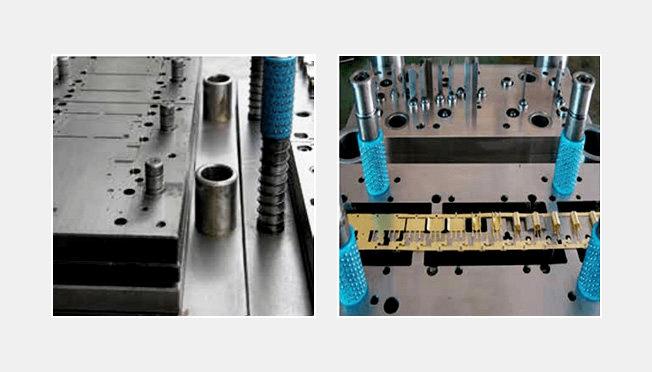
The heat treatment process has a great influence on the quality of the stamping mould. In the actual application process, the material must have good hardenability to ensure the hardness and wear resistance of the mold. Through the above, we have learned the characteristics that a high-quality stamping die should have.
KENENG can open molds according to your needs, provide you with the most suitable stamping moulds, and carry out mass production. If you need it, please feel free to contact us. As a source manufacturer, KENENG can provide you with high-quality and low-cost services and products.

